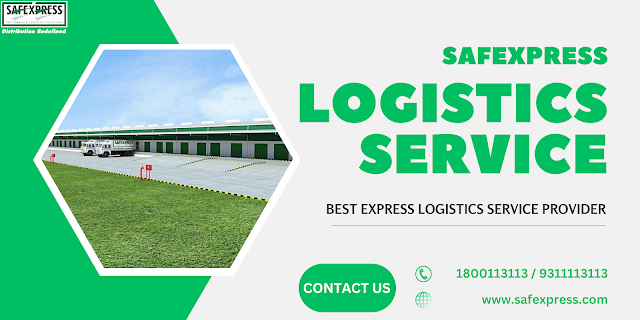The Future of Logistics Industry in India: Trends and Transformations
India’s logistics industry is quickly changing due to new technology, government policies, and growing customer needs. The future of the industry looks bright, with new trends making the supply chain more efficient and reliable.
India’s logistics sector is worth over $250 billion and plays a large role in the country’s economy. However, problems like high transportation costs, poor infrastructure, and complex regulations make operations difficult. With the growth of online shopping, global trade, and digital tools, the industry is rapidly evolving to be more efficient and affordable.
Key Trends Shaping the Future Trends of Logistics and Supply Chain Management in India
1. Technology and Automation
New tools like GPS tracking, warehouse management systems, and online booking platforms are helping logistics companies work faster and more efficiently.
2. Growth of E-Commerce and Faster Delivery
Online shopping has increased demand for quick and reliable deliveries. Companies are now focusing on same-day and express delivery services to keep up with user expectations.
3. Better Infrastructure and Government Support
Government projects like PM Gati, Shakti National Master Plan and Bharatmala Project are improving roads, highways, and rail networks to make transportation smoother and faster.
4. Eco-Friendly Logistics
Companies are looking for ways to reduce pollution by using electric vehicles, solar-powered warehouses, and fuel-efficient transport methods.
5. Transparency and Security
Digital record-keeping and online tracking systems are making logistics more transparent and helping businesses reduce fraud and errors.
6. Smarter Warehouses and Transport
New warehouses with better organization and tracking systems are making storage and delivery more efficient. The use of multiple transport methods, like rail, road, and waterways, is also helping improve logistics.
Challenges in the Future of Logistics Industry in India
Despite the progress, challenges like complicated regulations, lack of skilled workers, and infrastructure gaps still exist. Solving these issues will require teamwork between the government and private companies, along with more investment in technology and training.
Conclusion
The future of logistics industry in India is full of opportunities. With better technology, improved infrastructure, and a focus on sustainability, the sector is set to grow rapidly. Industries that adapt to these changes will be able to provide faster, more affordable, and more reliable services. As India strengthens its position in global trade, a strong logistics industry will be key to its economic growth.


.jpg)

Comments
Post a Comment